Of all the injuries people regularly face, knee injuries are one of the most common. In fact, one-third of all Americans will experience knee pain at some point in their life.
![]()
If you want to avoid being sidelined by a damaged knee, make sure you’re avoiding these eight common mistakes during your training sessions.
1. Letting Your Knees Cave In
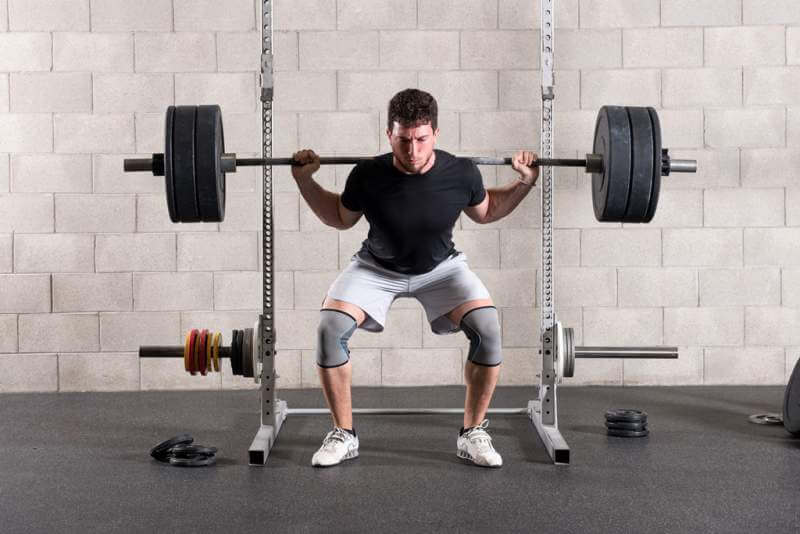 Next time you squat, pay attention to the way your knees move. Do they stay in line with your toes, or do they cave in toward the center? This is called knee valgus, and it’s caused by an internal rotation of the hips.
Next time you squat, pay attention to the way your knees move. Do they stay in line with your toes, or do they cave in toward the center? This is called knee valgus, and it’s caused by an internal rotation of the hips.
Knee valgus is dangerous because it can cause serious injuries like anterior cruciate ligament (ACL) tears, patellofemoral pain, and iliotibial (IT) band syndrome. It also will prevent you from seeing the best results from your squats.
To correct knee valgus, you need to work on your hip and ankle stability and mobility. You’ll also want to try squatting with your feet turned out and separated more than normal to help you work on externally rotating your hips.
2. Putting Your Weight on Your Toes
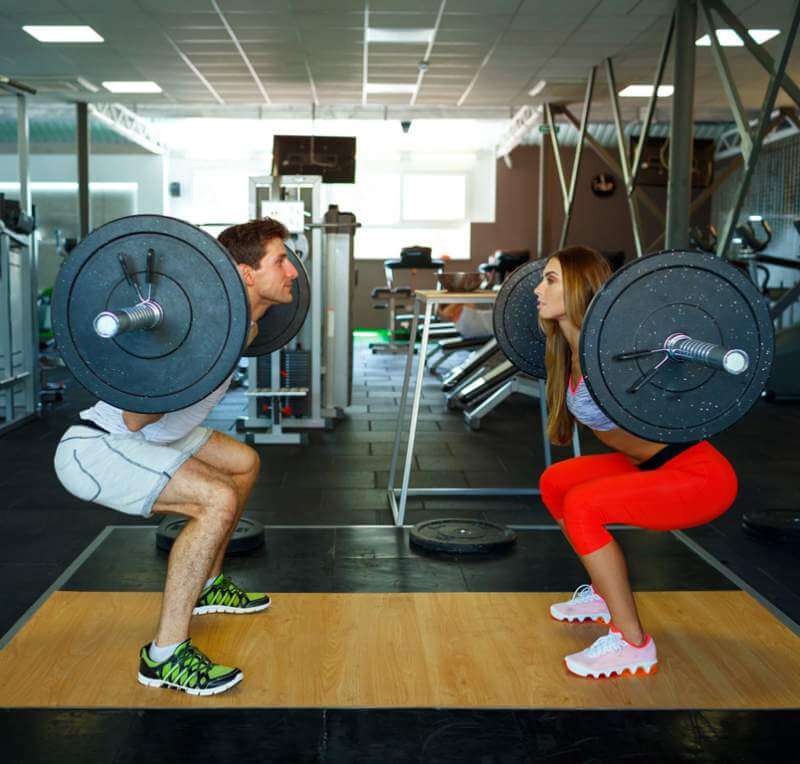 Many people make the mistake of leaning forward and putting too much weight on their toes when they squat. This causes them to put too much pressure on their knees, which will eventually lead to irritation and conditions like patellofemoral syndrome and ACL tears.
Many people make the mistake of leaning forward and putting too much weight on their toes when they squat. This causes them to put too much pressure on their knees, which will eventually lead to irritation and conditions like patellofemoral syndrome and ACL tears.
When squatting, you should think about distributing your weight evenly throughout the front and back of the feet. This will help you avoid over-taxing one area of the body.
3. Wearing the Wrong Shoes
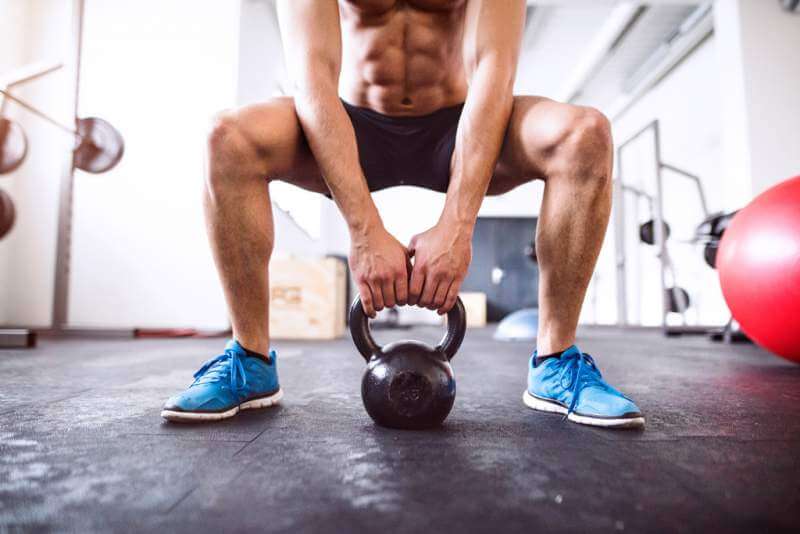 If you’re having a hard time knowing whether or not your weight is being distributed evenly, your shoes may be to blame.
If you’re having a hard time knowing whether or not your weight is being distributed evenly, your shoes may be to blame.
Squatting in running shoes can make it hard to stabilize yourself properly. Running shoes typically have a lot of cushioning in them, as well as a higher elevation between the heel and forefoot.
Instead of wearing running shoes, opt for a pair of flat shoes — many gym-goers swear by Converse for lifting.
When your feet are flat on the ground, it’s easier to recruit your glutes and hamstrings while squatting and doing other movements. This will help you balance the weight better and avoid overloading your knees.
4. Neglecting Mobility Work
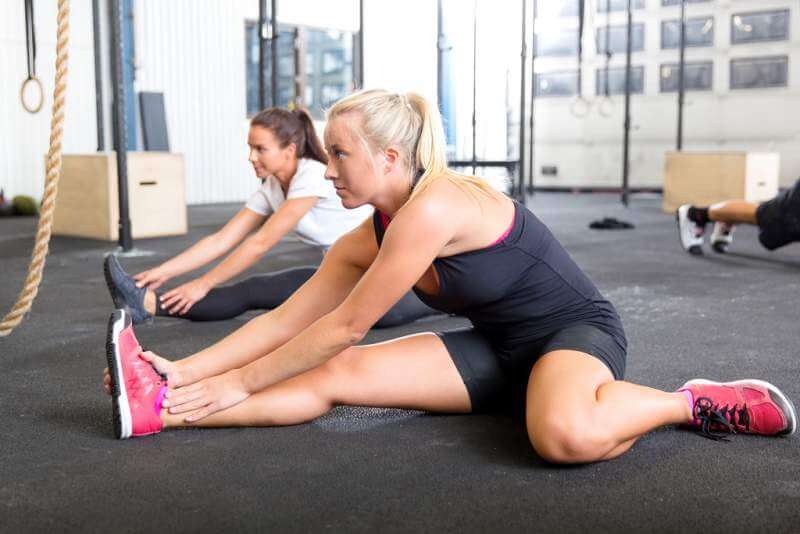 If you aren’t balancing your strength training with mobility work, you’re setting yourself up for a knee injury later on.
If you aren’t balancing your strength training with mobility work, you’re setting yourself up for a knee injury later on.
Mobility is essential for helping you maintain good form and avoid injury. If you can’t move your limbs through a full range of motion because you lack mobility in the hips or ankles, you’re going to have a hard time executing movements properly.
It may seem like mobility work is a waste of time, but, in reality, it’s the best thing you can do if you want to continue to see results.
5. Doing Too Much, Too Soon
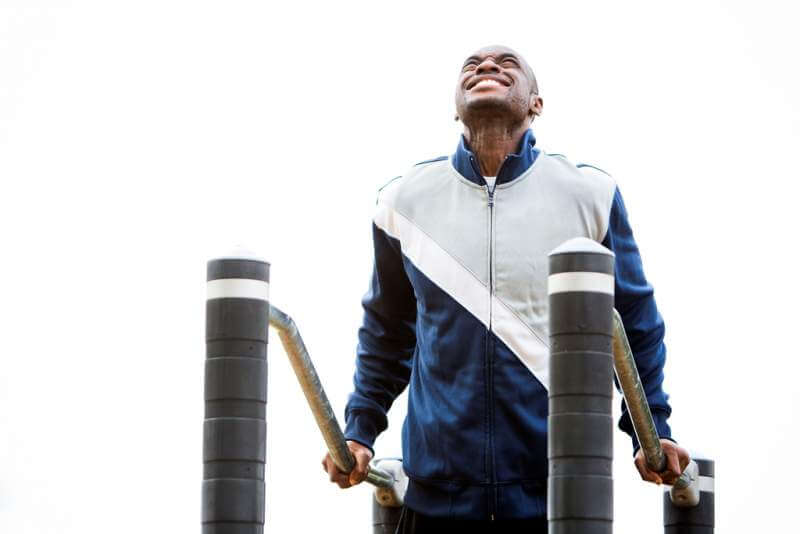 If you’re new to working out, or you’re just getting back in the gym after a long break or injury, it’s tempting to try and jump right back into where you were previously.
If you’re new to working out, or you’re just getting back in the gym after a long break or injury, it’s tempting to try and jump right back into where you were previously.
The reality, though, is that your strength and endurance has most likely diminished quite a bit since you were last working out regularly. That means that you’re not going to be able to lift as much or run as fast as you once did without using bad form and hurting yourself.
Focus on proper form with lighter weight. It’s better to start slow and stay safe than to let your ego take over and possibly injure (or re-injure) yourself.
6. Poor Running Form
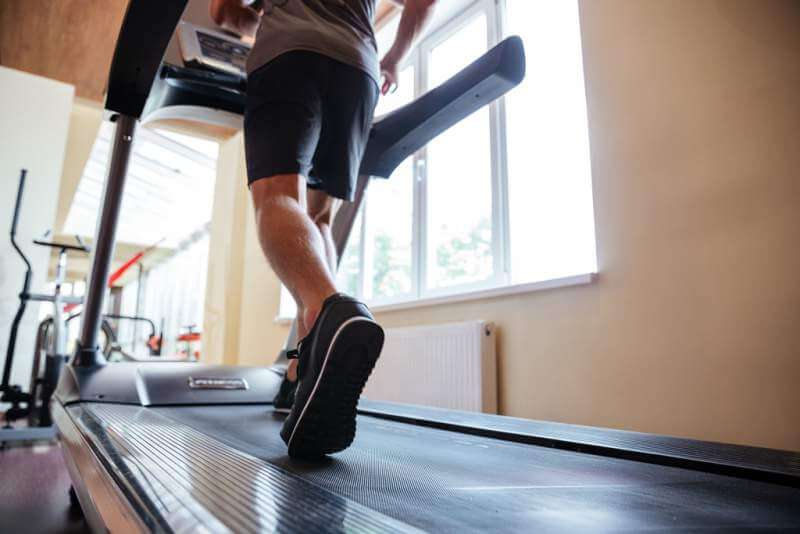 There are a lot of mistakes you can make while lifting weights that can cause knee pain. However, it’s also important to focus on your form while doing cardiovascular exercises like running on the treadmill.
There are a lot of mistakes you can make while lifting weights that can cause knee pain. However, it’s also important to focus on your form while doing cardiovascular exercises like running on the treadmill.
Poor running form will have a big effect on your knees, especially when you’re running on the treadmill since it can alter your stride pattern.
Common running mistakes include over-pronation — letting your feet roll out — and overstriding — stepping too far forward.
Some runners also let their opposite hip drop when their foot hits the ground, which can lead to imbalances that may later affect the knees. Some basic tips to make sure your treadmill running form is on point include:
- Use short, quick strides
- Keep your knees in line with your feet
- Keep your abdominal muscles engaged to help you stay upright
7. Skipping Core Work
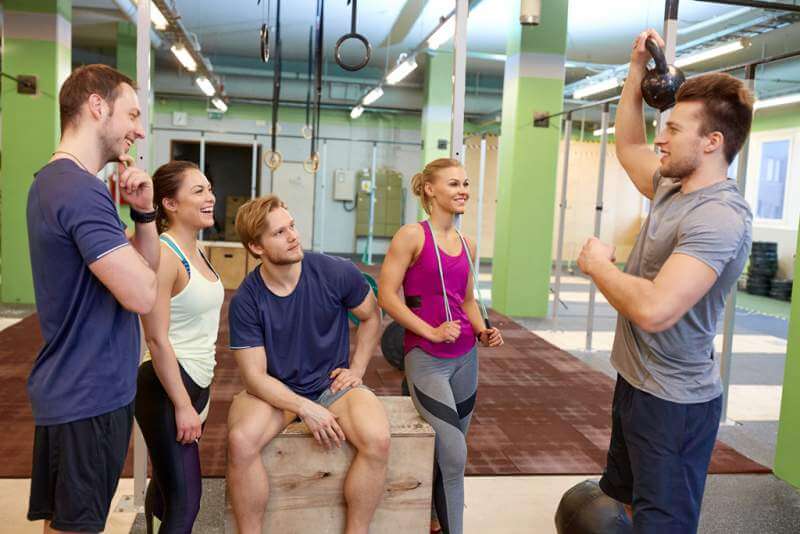 A strong core is essential for any kind of movement, whether you’re lifting weights or running a 5K.
A strong core is essential for any kind of movement, whether you’re lifting weights or running a 5K.
A stable core will help you avoid tight, shortened back muscles. When your back muscles are tight, it’s common to experience an exaggerated tilt in the pelvis. This, in turn, tightens the hip flexors and puts more pressure on your knees.
When it comes to strengthening your core, make sure you’re not just doing hundreds of crunches. They’re one of the least effective exercises you can do to strengthen the entire core, which is made up of all the muscles from your sternum to your glutes.
Instead, focus on exercises like planks, bird-dogs, and hollow-body holds to target all the core muscles at once.
8. Forgetting Your Knee or Ankle Brace
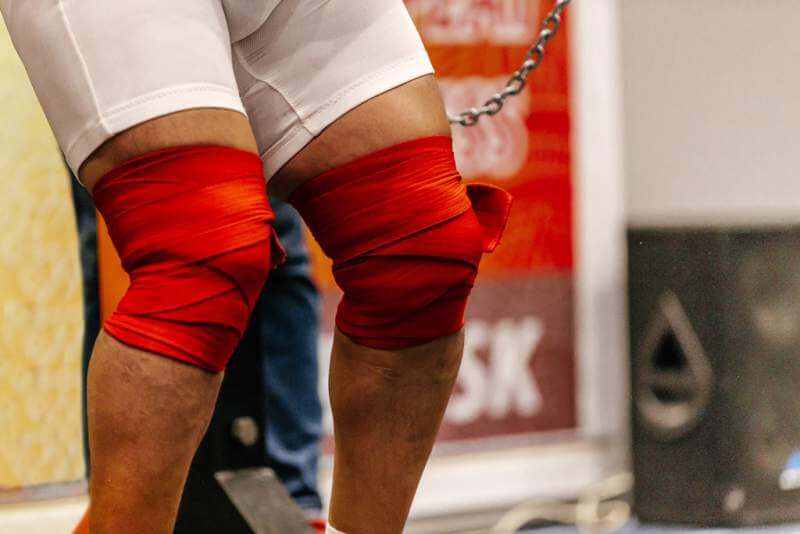 Last, but not least, if you’re supposed to be wearing a brace to help rehab your injured knee or ankle, make sure you wear it regularly.
Last, but not least, if you’re supposed to be wearing a brace to help rehab your injured knee or ankle, make sure you wear it regularly.
Braces are great tools for correcting improper movement patterns and supporting the joints as they recover. However, they can only do their job if you wear them consistently.
If you frequently forget your brace, you’re more likely to re-injure the joint it’s meant to support. Put it in your gym bag, or stash it next to your shoes so that you can create a habit of putting everything on at the same time.
Nobody wants to put their training on hold to deal with a knee injuries, make sure you visit an ortho. Avoid these eight common mistakes to keep your knees safe and healthy during every workout session.
